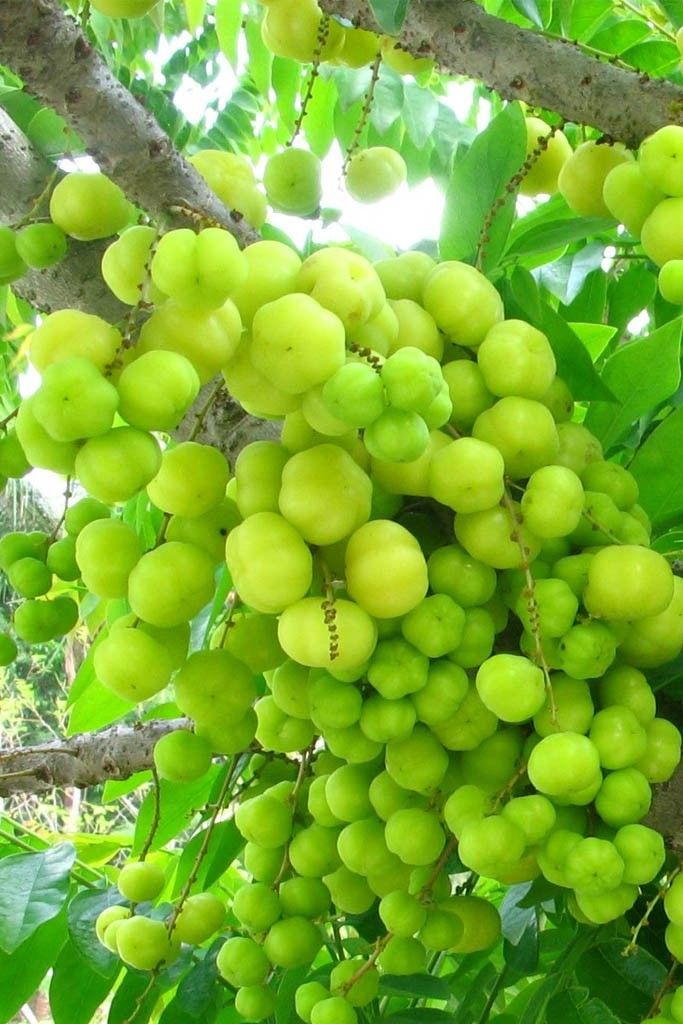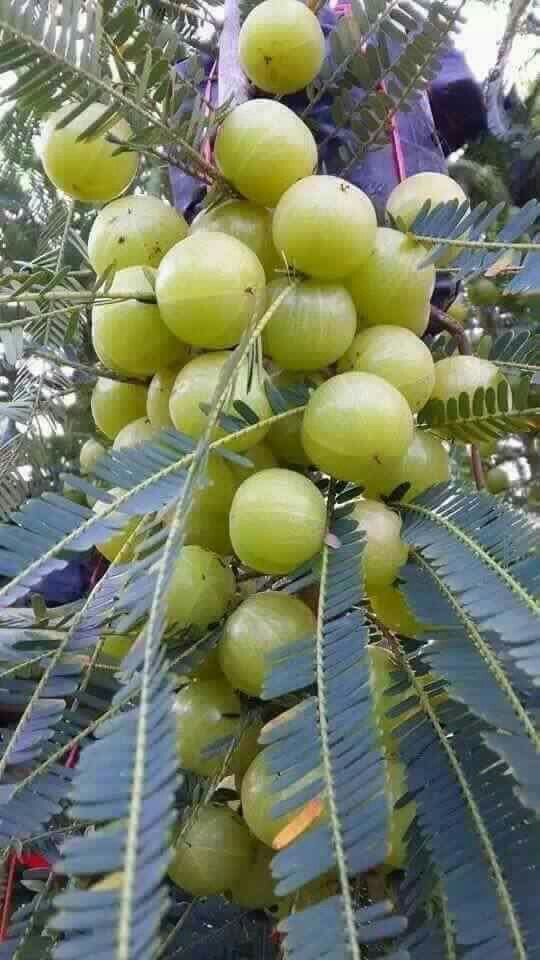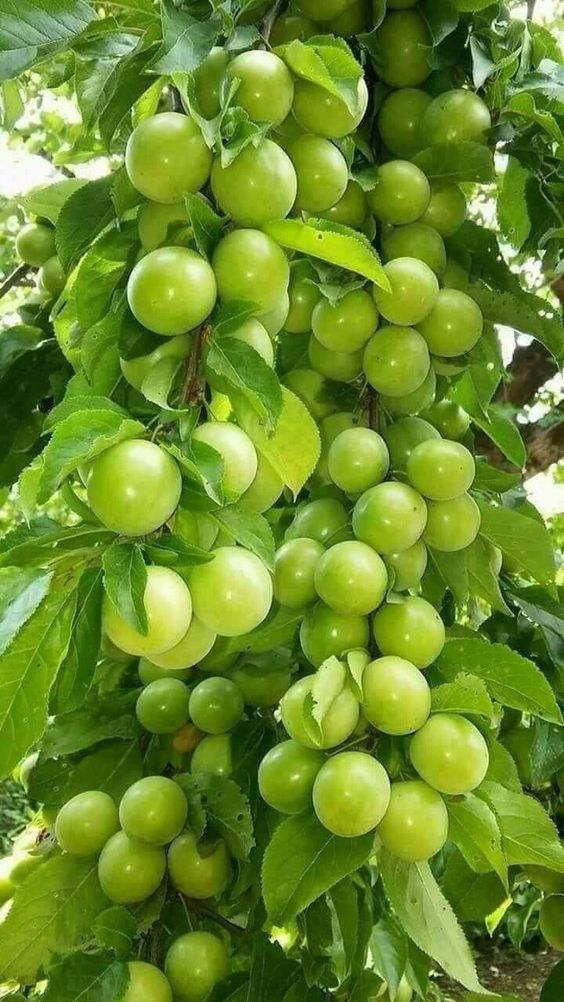Nature offers a diverse tapestry of captivating phenomena, and one such wonder is the fruits that grow in clusters. These cluster fruits, with their unique growth patterns and enchanting visual appeal, provide a glimpse into the intricacies of nature’s design. Join us on a journey to explore the wonders of these clustered delights and uncover the secrets they hold.

1. Beauty of Nature: Cluster fruits, as their name suggests, grow in tightly-knit groups, creating a visually stunning display that catches the eye. From the radiant grapes hanging in vineyards to the vibrant cherries dangling from trees, these clusters showcase nature’s ability to create captivating patterns and arrangements that excite our senses.

2. Culinary Treasures: Beyond their aesthetic charm, cluster fruits are a treasure trove of flavors and nutrients. Grapes, for example, come in a myriad of colors and varieties, each offering its own unique taste profile. The sweet juiciness of berries, such as strawberries and raspberries, bursts forth in every bite, while clusters of currants and gooseberries offer a delightful blend of tartness and sweetness. The convenience of harvest and consumption further adds to their appeal, making them popular choices for snacking, desserts, and culinary creations.

3. Symbolism and Tradition: Cluster fruits have long held symbolic and cultural significance in various societies. Grapes, often seen in clusters, have been associated with fertility, prosperity, and celebration in many cultures throughout history. They have been a central element in rituals, feasts, and festivals, serving as a symbol of abundance and communal togetherness.

4. Ecological Harmony: The formation of cluster fruits is a testament to the delicate balance of ecological interactions. Many of these fruits rely on intricate relationships with pollinators, such as bees and butterflies, for successful reproduction. The close proximity of the fruits within a cluster aids in efficient pollination, contributing to the perpetuation of plant species and the sustenance of diverse ecosystems.

5. From Vineyards to Orchards: Cluster fruits find their homes in a variety of landscapes, from sprawling vineyards to orchards and gardens. Grapes, grown in vineyards around the world, give rise to wines that encapsulate the essence of their terroir. Apple and cherry trees, adorned with clusters of fruit, evoke a sense of seasonal abundance and connection to the land.




